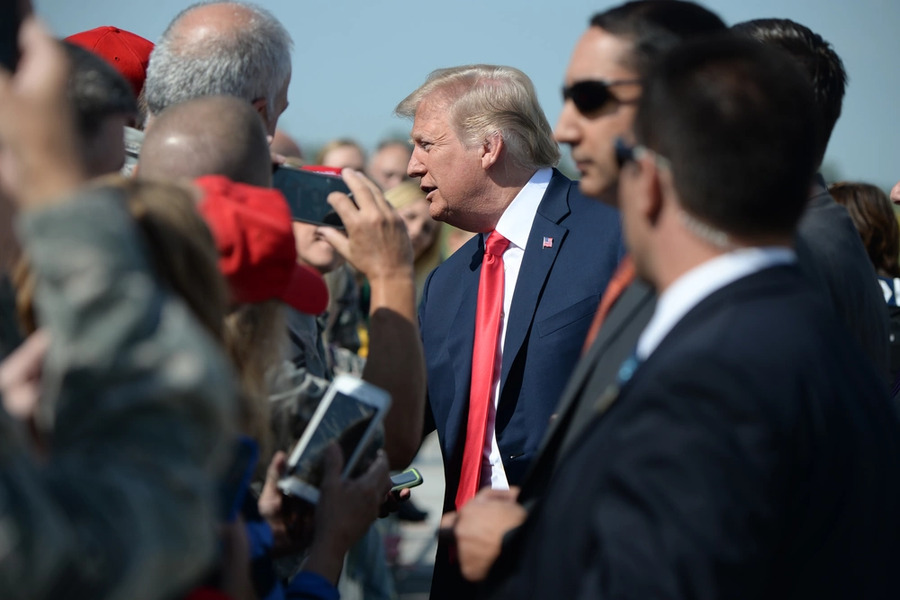The Shadow War Is Not Very Shadowy
Craig Whitlock has a very interesting piece in the Washington Post today, the main thrust of which is to describe the military's efforts to establish aerial surveillance capacity across wide swaths of Africa, in support of both counterterrorism and foreign internal defense (FID) missions. The article is significant on several levels.
First, it speaks to the military-intelligence convergence trend (about which I've
Published by The Lawfare Institute
in Cooperation With

Craig Whitlock has a very interesting piece in the Washington Post today, the main thrust of which is to describe the military's efforts to establish aerial surveillance capacity across wide swaths of Africa, in support of both counterterrorism and foreign internal defense (FID) missions. The article is significant on several levels.
First, it speaks to the military-intelligence convergence trend (about which I've written here), with Whitlock observing that the story "highlights the ways in which Special Operations forces are blurring lines that govern the secret world of intelligence, moving aggresively into spheres once reserved for the CIA."
Second, the story is chock full of code names, locations of bases, discussions of liaison relationships, and specifics about the types of planes involved. But this is only partially a product of leaks it seems. Whitlock writes explicitly about the nature of his sourcing, pointing out that much of the detail comes from open sources such as congressional testimony by military brass and public documents relating to government contract solicitations. This seems to have given Whitlock much of the story, and then combined with some Wikileaks material it looks like he was in a strong position to begin approaching current and former insiders both from the US and in Africa. It is not hard to see how those sources would then feel like the secrets were 3/4 out of the bag already, and that it might be better to try to impact Whitlock's reporting of them. All of which makes the piece a great illustration of the points that Jack makes in his recent book Power and Constraint and that Joel Brenner makes in America the Vulnerable concerning the complex ways in which technological and other forces are undermining government secrecy.
Third, the story is a useful device for thinking about the fuzzy but I think significant line that divides FID missions from CT missions. The question matters insofar as CT, at least to some extent unlike FID, may implicate issues such as the scope of the AUMF and the president's Article II national self-defense authority. I'll have more to say on that front down the road, as it is intertwined with my current research.
Robert (Bobby) Chesney is the Dean of the University of Texas School of Law, where he also holds the James A. Baker III Chair in the Rule of Law and World Affairs at UT. He is known internationally for his scholarship relating both to cybersecurity and national security. He is a co-founder of Lawfare, the nation’s leading online source for analysis of national security legal issues, and he co-hosts the popular show The National Security Law Podcast.




-final.png?sfvrsn=b70826ae_3)
